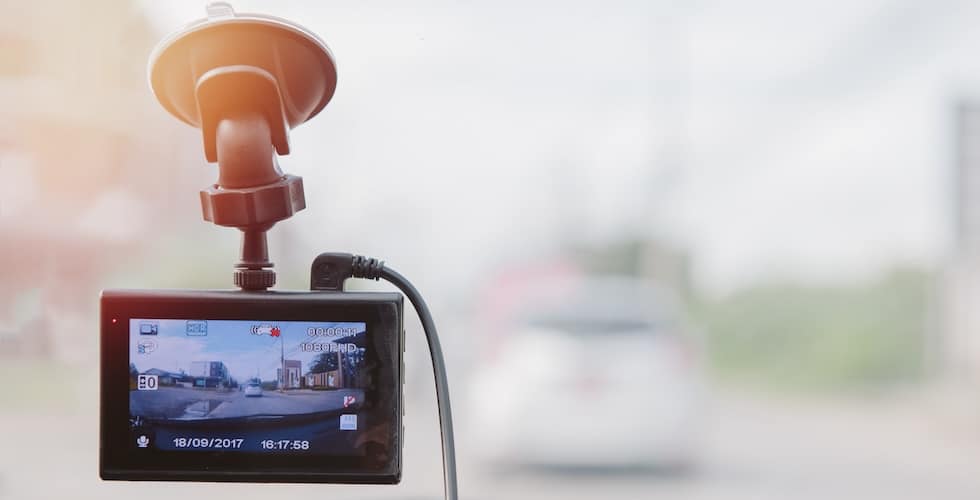As someone who’s spent over a decade tinkering under the hoods and dashboards of countless vehicles, I often get asked, “Are rear dash cams worth it?” Let me share a story that might help answer that question.
A few months ago, a long-time client came into our workshop visibly shaken. They’d been involved in a hit-and-run where another driver rear-ended them at a stoplight and took off before they could get any details. Fortunately, they had a rear dash cam installed. The camera captured the incident clearly, including the offender’s number plate. With that footage, the authorities were able to track down the driver, and their insurance covered the damages without a hitch.
Based on experiences like this client’s and countless others, my answer is a resounding yes—rear dash cams are absolutely worth it.
Quick Summary
- Enhanced Evidence: Rear dash cams provide crucial footage in rear-end collisions and hit-and-run scenarios.
- Comprehensive Coverage: Combining front and rear dash cams offers a 360-degree view of your surroundings.
- Deterrence Against Theft and Vandalism: Visible cameras can discourage potential thieves and vandals.
- Optimised Design: Rear dash cams are specifically designed to handle rear-view challenges like glare and low light.
- Professional Installation: Expert setup ensures optimal performance, longevity, and safety.
Do I Need a Rear Dash Cam?
If you’ve ever worried about what goes on behind your vehicle, a rear dash cam can offer peace of mind. Rear-end collisions are one of the most common types of accidents on the road. A rear dash cam captures everything happening behind you, providing undeniable evidence if someone hits you from behind.
Real-World Benefits
- Accident Evidence: In the event of a collision, footage can prove you weren’t at fault.
- Protection Against Fraud: Deters staged accidents where scammers target drivers to make false claims.
- Monitoring While Parked: Some rear dash cams offer parking mode, recording any bumps or attempted break-ins when you’re away.
Technical Advantages
- Wide-Angle Lenses: Modern rear dash cams come equipped with wide-angle lenses, covering multiple lanes of traffic.
- High-Resolution Recording: Capture clear footage, even at night, thanks to advancements in low-light sensors.
- Loop Recording: Continuous recording ensures you never miss a moment, automatically overwriting old footage when the memory card is full.
Do I Need a Front and Rear Dash Cam?
While a front dash cam is great for capturing incidents ahead, it doesn’t provide a full picture. I’ve had customers who only had a front dash cam miss critical footage of incidents that occurred behind them.
Benefits of a Dual Dash Cam Setup
- Comprehensive Coverage: Records incidents from both ends, leaving no blind spots.
- Synchronised Footage: Dual dash cam systems often sync footage, making it easier to review events in sequence.
- Value for Money: Bundled front and rear dash cam packages can be more cost-effective than buying separate units.
Can I Use a Front Dash Cam for the Rear?
You might be tempted to save some money by installing a front dash cam at the rear, but here’s why that’s not advisable.
Design Differences
- Lens Orientation: Front dash cams are optimised for forward-facing angles and may not capture the rear view effectively.
- Light Handling: Rear dash cams are designed to handle glare from headlights and changing light conditions at the back.
- Mounting Hardware: Rear dash cams often come with specialised mounts to fit rear windows without obstructing your view.
Technical Considerations
- Power Supply: Running a front dash cam at the rear might require longer cables, which can affect power stability.
- Firmware Limitations: Some dash cams have firmware optimised for front use, which might not function correctly when reversed.
How to Install a Rear Dash Cam
Installing a rear dash cam isn’t just about sticking it to your rear window. Proper installation ensures optimal performance and longevity.
Professional Installation Matters
At Voltaic Auto Electrical, we’ve installed hundreds of rear dash cams, and here’s what the process typically involves:
- Assessment: We evaluate your vehicle to determine the best mounting position for maximum coverage without obstructing your view.
- Wiring: Our technicians route the wiring through your vehicle’s headliner and panels to keep everything neat and hidden.
- Power Connection: We connect the dash cam to a constant power source for features like parking mode, ensuring it doesn’t drain your battery.
- Testing: We perform a thorough test to make sure everything works flawlessly, including checking the footage quality and angle adjustments.
Time and Cost
- Duration: Installation takes about 2-3 hours, depending on your vehicle’s make and model and the type of dash cam system.
- Cost: Professional installation might seem like an added expense, but it ensures your dash cam functions correctly and can save you money in the long run by avoiding potential issues.
Get Started Today
Ready to enhance your vehicle’s security and gain that extra layer of protection? Get a quote for dash cam installation in Perth and schedule an appointment with us. Bring your car to our workshop, and we’ll handle the rest.
At the end of the day, a rear dash cam is more than just a gadget—it’s an investment in your safety and peace of mind. From capturing critical evidence to deterring criminal activity, the benefits far outweigh the costs. Trust me, as someone who’s seen the difference these devices make, you won’t regret adding one to your vehicle.

